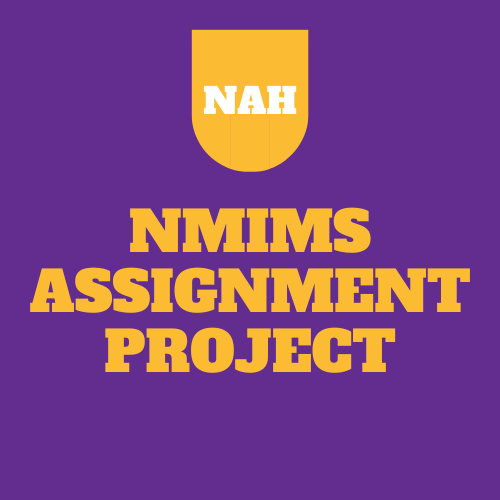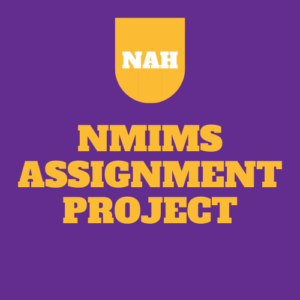NMIMS Global Access
School for Continuing Education (NGA-SCE)
Course: Fundamentals of Big Data & Business Analytics
Internal Assignment Applicable for December 2024 Examination
Assignment Marks: 30
Instructions:
All Questions carry equal marks.
All Questions are compulsory
All answers to be explained in not more than 1000 words for question 1 and 2 and for question
3 in not more than 500 words for each subsection. Use relevant examples, illustrations as far
as possible.
All answers to be written individually. Discussion and group work is not advisable.
Students are free to refer to any books/reference material/website/internet for attempting
their assignments but are not allowed to copy the matter as it is from the source of reference.
Students should write the assignment in their own words. Copying of assignments from other
students is not allowed.
Students should follow the following parameter for answering the assignment questions.
1. There are different types of business analytics procedures that can be performed based
on the problem statement. Assume you’re working for the government of India as the
analytics advisor. Provide 3 different use cases that can be used for the government
where you could take advantage of the different types of business analytics procedures
and create or add value to the government, country, and the economy. Mention briefly
about how those different types of business analytics could be used for each of the use
cases. (10 Marks)
2. An established private financial institution in India is planning to launch an IPO to raise
funds for expansion into other markets nationally and internationally where they have low
to nil market share. But potential investors are concerned about the rising cases of
fraudulent claims in the cross-border transactions and the companies’ inability to identify
fraud and minimize them. The firm consults and gives you the information they have about
the agents, hospitals, offices, employees, past claims, diseases, costs, customers, policies
etc., all are in different data systems currently. They don’t have historical data on identified
fraudulent claims.
How do you approach this problem holistically using both big data and business analytics
concepts? Explain the big data component for storage and processing, and analytics
component of approaching this use case and what would you do in each of them. Goal is
to help company identify and narrow down the fraudulent claims. And suggest other ways
in which they can use the data available with them and that in public domain to prove to
potential investors that the growth potential and the vision of the company is strong and
in right direction. (10 Marks)
3. Natural disasters such as earthquakes in Turkey and Syria and wildfires in Australia and
USA have been wreaking havoc. Assuming the Indian government is preparing for one
such situation concerning floods in north-eastern states of India, executives at largest
NGOs, who provide relief materials, medicines, relocation of affected people, decided that
the situation warrants the use of their newest data-driven solution, something that the
company calls predictive technology. A week ahead of the predicted floods, Mr Focus,
NGO’s head, pressed his staff to come up with forecasts based on what had happened
when floods struck the region in the recent past.
a. Which type of analytics will be best suited to solve this problem and maximise the
effectiveness of the support provided by the NGO to the people and minimize the human
and economic losses? Explain the data needed to solve this problem. (5 Marks)
b. Explain the difference between BI and BA as to how can they help optimize supply chain
in this case? Illustrate the possible outcome achieved in each case (BI vs. BA) and how
they enable NGOs objectives. You can make certain assumptions but highlight them
clearly. (5 Marks)
*********************************************************************************************



Reviews
There are no reviews yet.